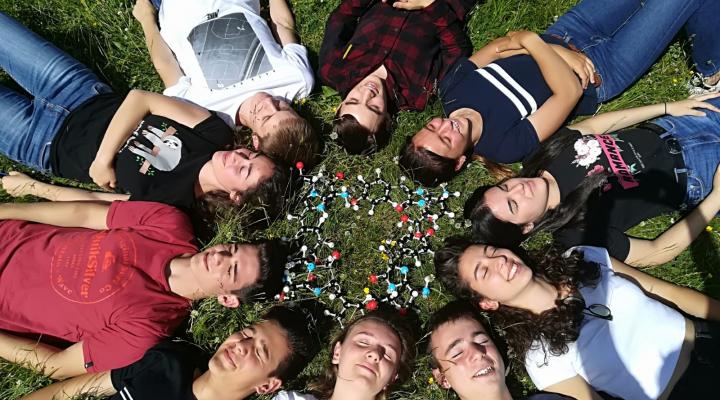
Youth and Science
We foster scientific and technological vocations among young students with exceptional talent and interest, enhancing their enthusiasm for research through an intensive 3-year program featuring unique experiences and opportunities in national and international research projects.
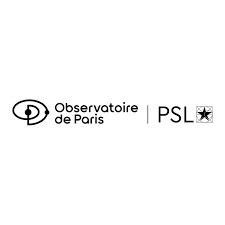





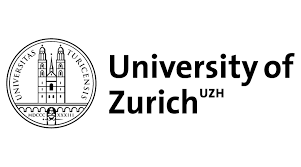

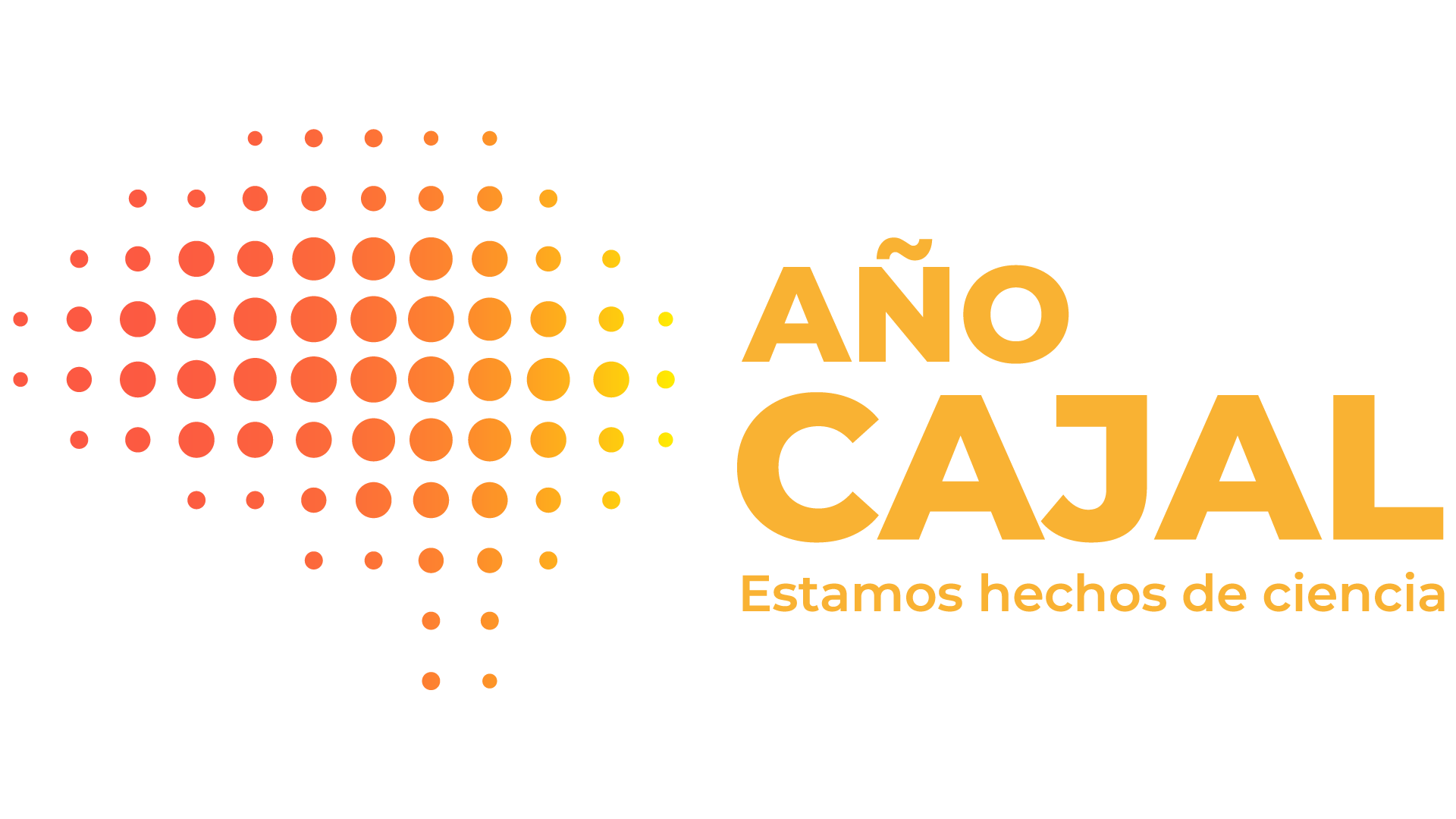

2022 was declared as the Ramon y Cajal Year of Research, in commemoration of the most important scientific personality in the history of Spain. During 2023, 2024 and 2025, all kinds of activities related to science and research will be carried out.
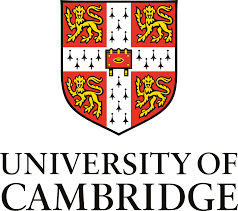

Cambridge University is the second oldest English-speaking university in the world, after Oxford. In the 2021 Shanghai Ranking, it was ranked third in the world and first in the United Kingdom, behind Harvard University and Stanford University. Cambridge is the university that accumulates the most Nobel Prize recipients among alumni and professors, which places it at a very high point in the ranking of universities.


With more than 25 years of history, the Artificial Intelligence Research Centre (IIIA), from the Spanish National Research Council (CSIC), is a reference center in Spain and Europe in the field of research in Artificial Intelligence. His lines of work include modeling and automation of complex reasoning, machine learning, e-markets, robotics, and AI applied to music. Moreover, the IIIA develops its research committed to the Sustainable Development Goals in the field of education, health, mobility, industry, and ethics, among others. In addition, the IIIA maintains a strong commitment to the training of future researchers, having supervised more than a hundred doctoral theses since 1987, and to the transfer of AI applications to industry and general society.
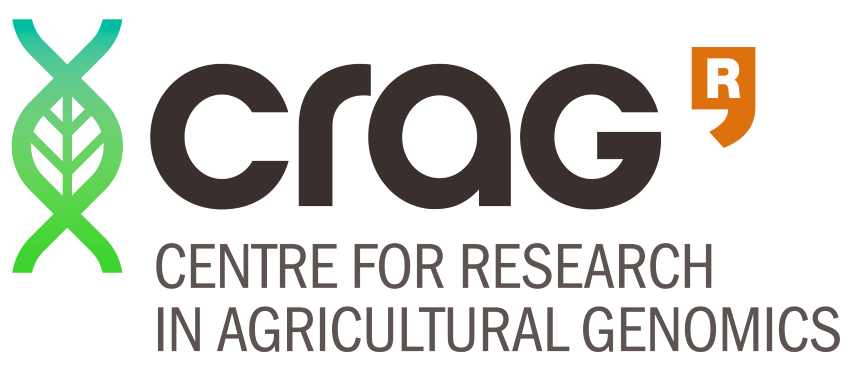

The Center for Research in Agricultural Genomics (CRAG) is an independent organization established as a Consortium of four main research institutions: the Spanish National Research Council (CSIC), Institute of Agrifood Research and Technology (IRTA), Autonomous University of Barcelona (UAB), and University of Barcelona (UB), and receives support from the Government of Catalonia through its General Direction for Research. The centre is a multidisciplinary research centre dedicated to studying genetic factors which determine characters of interests in plants and farm animals. Basic research is conducted under scientific criteria of excellence and research towards the improvement of plants and animals used in the food industries.


Barcelona International Youth Science Challenge (BIYSC) is a two-week residential program held annually in the Mediterranean capital which involves 120 young scientists aged between 16 and 18 years old from all over the world. The program was founded with the aim to stimulate scientific talent among high school students and encourage their enthusiasm to pursue scientific research and careers in science. BIYSC covers a broad range of subjects across STEM fields. Different scientific and technological challenges are posed by international research centers based in Catalonia. Participants will have the chance to choose a project that suits their interests and conduct a hands-on and cutting-edge research.


The Centre for Cooperative Research in Biomaterials (CIC biomaGUNE) is located in Sant Sebastià, and has been running since December 2006. CIC biomaGUNE is a non-profit research organisation that was founded to promote scientific research and technological innovation at the highest levels in the Basque Country, following the Bio Basque policy, in order to create a new business sector based on biological sciences.
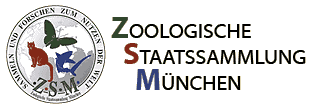

Systematics is a basic biological discipline that investigates and describes the biodiversity on our planet. The science conducted at the Bavarian State Collection involves research on the taxonomy, phylogeny, and natural history of animals, and provides an adequate and sustainable depository for zoological specimens. Zoologische Staatssammlung München (SNSB) is, with almost 22 million zoological objects (labels), one of the largest natural history collections in the world. Many of these specimens have been collected by staff and other collectors during the 200-year-long history of the ZSM. One of our main aims is to protect the enormous biological information associated with each zoological object and to make this information available to the scientific and general public.
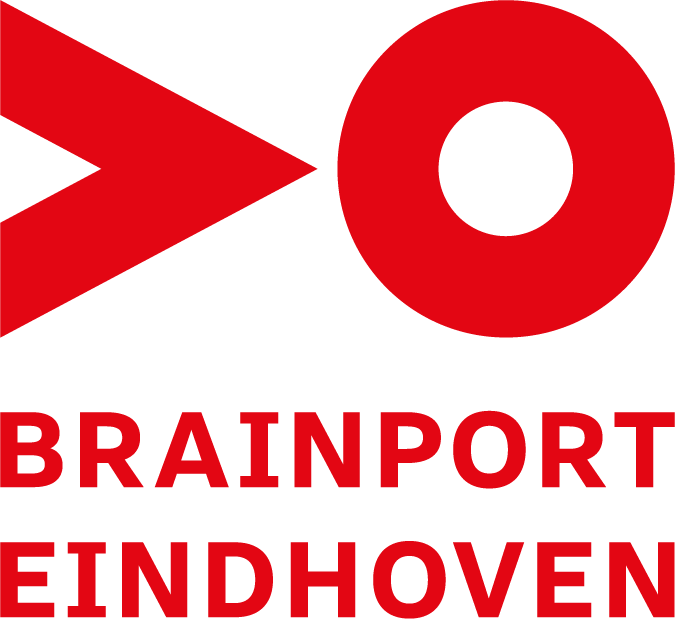

The Young Brainport Summer School (YBSS) offers room to 40 top talents in the age of 15 to 18 years from all around the world. The participants will get acquainted with the Brainport Eindhoven region in a unique and unforgettable way. Their great interest and passion for science and technology will be encouraged by demonstrating the most advanced technological research and world-class applications of our region. Combined with a good mixture of social activities with talented peers, YBSS is “a life-changing experience”. The Brainport Eindhoven Region is a vibrant and highly innovative region existing of 21 municipalities located in the Southeast of the Netherlands. Brainport, with Eindhoven at its heart, plays a decisive role as one of the key cornerstones of the Dutch economy. As an innovative top technology region, Brainport defines the competitiveness of the Netherlands. Its strength lies in the combination of high-tech, design and a unique model of collaboration in which opportunities that are generated by the rapidly changing world around us are seized. A culture of open innovation predominates: partners from all disciplines collaborate, share and multiply knowledge. Those with a scientific background work together with market researchers, designers, sociologists and psychologists thereby boosting economic growth and contributing to a sustainable, healthy, safe and secure society.


XLAB - International Science Camp is an experimental laboratory for young people and bridges the gap between high school and university. XLAB offers ambitious practical experiments and courses in biology, chemistry, physics and computer science supervised by scientists of the University of Göttingen. XLAB collaborates with scientific institutes of the university, the research institutes of the Max Planck Society, the Laser Laboratory and the German Primate Center.


Founded by Stephen Wolfram in 1987, Wolfram Research is one of the world's most respected cloud computing, internet and software companies, and a powerhouse for scientific and technical innovation. As a pioneer in computer science and the computational paradigm, we have a long-term vision for developing the science, technology, and tools required to make computing an increasingly powerful force in the world, both now and in the future.
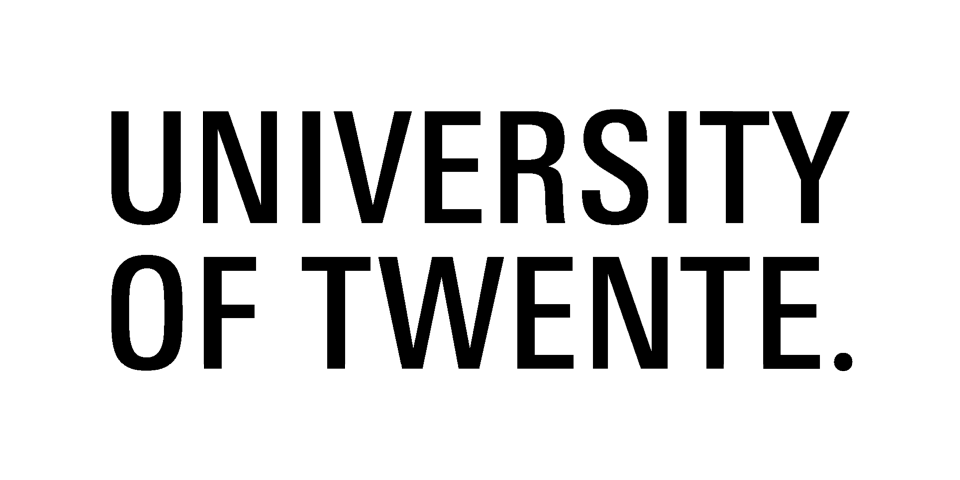

Studying at the University of Twente is different than studying anywhere else. Why? Because our vision of the world you will live and work in after leaving us has led us to develop a distinct view on education and research – and on the kind of scientists, engineers and professionals tomorrow’s world will need.


The Centre for Organismal Studies (COS) Heidelberg aims to study organismic biology beyond the borders of organisational level. Research and teaching at COS is dedicated to study organismic biology from the basic molecular principles to cell biology, developmental biology and physiology both in plants and in animals and to further extend into evolution, biodiversity, systems biology and biotechnology.
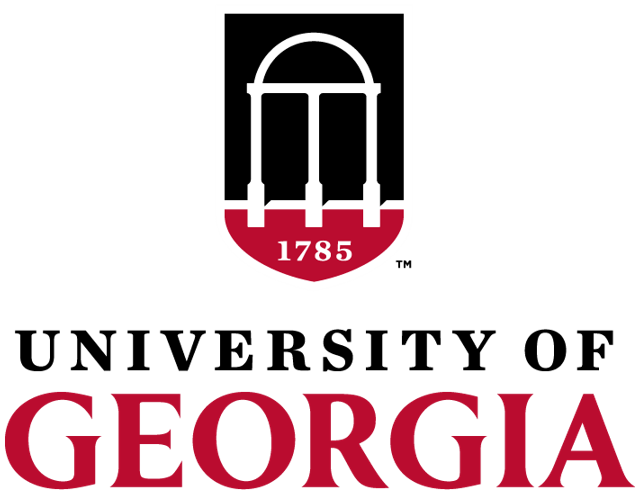

The University of Georgia, a land-grant and sea-grant university with statewide commitments and responsibilities, is the state’s oldest, most comprehensive, and most diversified institution of higher education. Its motto, “to teach, to serve, and to inquire into the nature of things,” reflects the University’s integral and unique role in the conservation and enhancement of the state’s and nation’s intellectual, cultural, and environmental heritage.


The University of Cambridge's mission is to contribute to society through the pursuit of education, learning and research at the highest international levels of excellence. The University is a confederation of Departments, Schools, Faculties and Colleges.
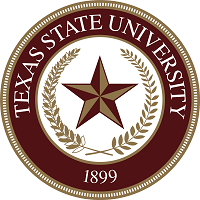

The Texas Mathworks Honors Summer Math Camp (HSMC) is an intensive summer programme for outstanding high school students who are excited about doing mathematics. The goal of the programme is to develop talented youth of all backgrounds by an immersive and in-depth experience in a unique learning environment. Students develop important skills for future degrees and careers in maths, science, engineering, and many other fields.


Teesside University is a public university with its main campus in Middlesbrough that has the ambition to be an international university at the heart of the Tees Valley with a reputation for academic excellence. It is founded on a rich heritage, which has influenced its development into the dynamic, energetic and innovative institution it is today. Teesside University generates and applies knowledge that contributes to the economic, social and cultural success of students, partners and the communities they serve. Through education enriched by research, innovation, and engagement with business and the professions, they transform lives and economies. The University consists of six schools: Design, Culture and the Arts; Computing; Health and Social Care; Science and Engineering; Social Science, Business and Law; and Teeside University Business School.


The Summer Science Programme (SSP) is a 39-day residential enrichment programme in which gifted high school students from around the world complete a challenging, hands-on research project in celestial mechanics. There are two research projects on three campuses: SSP in Astrophysics at New Mexico Tech and University of Colorado Boulder, and the SSP in Biochemistry at Purdue University and University of California San Diego.

Summer School of Science (S3/S3++) is a unique place where like-minded individuals of all ages get together to share their enthusiasm for knowledge and discovery. Around 30 students from all over the world participate each year in this adventure that combines passionate work and learning with opportunities to make life-long friendships.


School of Molecular and Theoretical Biology (SMTB) offers a chance to work on a real scientific question alongside real scientists with a possibility of obtaining real and novel results. Within a wide diversity of topics in the natural sciences and mathematics SMTB is focused on molecular and theoretical biology. You will hear lectures, learn how to perform different techniques and calculations and explore current ideas in areas of molecular and theoretical biology.
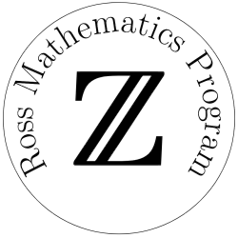

The Ross Program at the Ohio State University is an intensive summer experience designed to encourage motivated pre-college students to explore mathematics. During six weeks, students are immersed in a world of mathematical discovery. The central goal of the Ross Program is to instruct bright young students in the art of mathematical thinking and to inspire them to discover for themselves that abstract ideas are valuable and important. First year participants take the basic course in number theory. For most students, this is the first time they are asked to consider entirely new questions, to develop methods that they have not seen before, and to justify every answer. The value of a mathematics education lies not only in obtaining proficiency in computational tasks, but also in building a foundation for critical thinking. Students who have never asked why things work the way they do are not prepared to lead the way to future scientific innovation. It is precisely this independence of thought and questioning attitude that the Ross Program strives to nurture.


Rosetta Institute of Biomedical Research is an independently funded medical research institute founded by Dr. Ryan Holzer, PhD. The institute is funded by internally generated revenue, and by private donations. We conduct basic and translational research on apoptosis in multiple myeloma and other malignancies, with the ultimate goal of identifying novel driver mutations responsible for tumorigenesis and the emergence of chemoresistant clones. Current research projects include: 1) discovering novel mechanisms of bortezomib (Velcade) resistance in multiple myeloma, 2) characterizing pro-apoptotic signalling pathways activated by Type 1 interferon (IFN-α/β), 3) the identification and characterization of ubiquitin ligases that regulate cell survival, 4) transcriptomics analysis and miRNA profiling of clonal evolution in cancer, 5) the discovery of novel roles for IL-6 family cytokines in haematologic malignancies, 6) The identification of novel alternatively spliced transcripts that contribute to tumour progression and the RNA-binding proteins that regulate rare exon inclusion/exclusion, 7) the role and regulation of autophagy during proteotoxic stress, 8) adaptation to endoplasmic reticulum (ER) stress and mechanisms of ER stress-induced apoptosis, 9) the identification and characterization of the multiple myeloma stem cell compartment and the bortezomib-resistant subclone, 10) The role of hypoxia in drug sensitivity and clonal evolution. A variety of techniques are being used at the Institute to address these questions, including bioinformatic analyses, CRISPR/Cas9 gene editing, tissue culture and mouse models of cancer. Ultimately this knowledge will be translated into next generation therapeutics for the treatment of cancer and other diseases associated with splicing errors or disturbances in proteostasis.


The Rockefeller University Summer Science Research Program (SSRP) provides high school students with a unique and personalized opportunity to conduct hands-on research under the mentorship of leading scientists at one of the world's premier biomedical research facilities. During this rigorous 7-week programme, SSRP students become immersed in scientific culture while gaining an appreciation for the process of biomedical discovery. Through a combination of laboratory experimentation, interactive lectures, and dynamic coursework, students will learn fundamental research techniques, become better acquainted with scientific peer-reviewed literature, and improve critical thinking. Equally important, students will have a lot of fun - we strive to make the SSRP an inclusive and supportive environment where every student’s voice is heard and respected. Please see the Description of Coursework (link is external) to read about the classes that supplement the in-lab experience. See Examples of Laboratory Projects (link is external) to read about some of the past projects undertaken by SSRP students.


Program in Mathematics for Young Scientists (PROMYS) is a six-week summer program at Boston University designed to encourage strongly motivated high school students to explore in depth the creative world of mathematics in a supportive community of peers, advisors, research mathematicians, and visiting scientists. Each year, PROMYS and the Clay Mathematics Institute (CMI) offer advanced seminars for returning PROMYS students. Returning students also engage in original research under the mentorship of professional mathematicians. Advisors and returning students will also organize their own seminars.


Petnica Science Center is the biggest and the oldest independent non-profit organization for extracurricular, informal science education in South Eastern Europe. Since 1982, Petnica has organized more than 2,500 programmes for nearly 50,000 students and science teachers in 15 disciplines of science, technology and humanities. Summers in Petnica Science Center are the busiest and most engaging part of our year-long course plan. Students realize their projects and take part in various forms of field work (archaeological excavations, collecting biological samples, etc.).


Chemistry at Newcastle has a long history of pushing back scientific boundaries and providing an excellent environment in which to, work, study and conduct research. The School of Chemistry is currently home to over 80 members of staff and over 350 students, all of who work together to ensure a vibrant community in which everyone can reach their full potential.


The Music Technology Group (MTG) of the Pompeu Fabra University (UPF) in Barcelona, part of its Department of Information and Communication Technologies, carries out research on topics such as audio signal processing, music information retrieval, musical interfaces, and computational musicology. The MTG wants to contribute to the improvement of the information and communication technologies related to sound and music, carrying out competitive research at the international level and at the same time transferring its results to society. To that goal, the MTG aims at finding a balance between basic and applied research while promoting interdisciplinary approaches that incorporate knowledge and methodologies from both scientific/technological and humanistic/artistic disciplines.
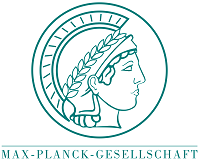

Research at the Max Planck Institute of Quantum Optics concentrates on the interaction of light and matter under extreme conditions. One focus is the high-precision spectroscopy of hydrogen. In the course of these measurements Prof. Theodor W. Hänsch developed the frequency comb technique for which he was awarded the Nobel Prize for Physics in 2005. Other experiments aim at capturing single atoms and photons and letting them interact in a controlled way, thus paving the way towards future quantum computers. Theorists on the other hand are working on strategies to communicate quantum information in a most efficient way. They develop algorithms that allow the safe encryption of secret information. MPQ scientists also investigate the bizarre properties quantum-mechanical many-body systems can take on at extremely low temperatures (about one millionth Kelvin above zero). Finally light flashes with the incredibly short duration of several attoseconds (1 as is a billionth of a billionth of a second) are generated which make it possible, for example, to observe quantum-mechanical processes in atoms such as the 'tunnelling' of electrons or atomic transitions in real time.


The Center for Excellence in Education nurtures careers of excellence and leadership in science and technology for academically talented high school and college students. CEE is dedicated to encouraging international understanding between and among future leaders of the world
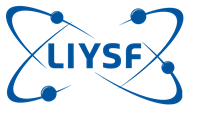

London International Youth Science Forum (LIYSF) is a two-week residential event in London, with lectures and demonstrations from leading scientists, visits to industrial sites, research centres, scientific institutions and organizations, including world-class laboratories and universities. LIYSF attracts over 500 of the world’s leading young scientists aged 16-21 years old from more than 70 participating countries.


The Laboratoire de Physique Nucléaire et d'Hautes Energies at the Sorbonne is a joint research unit of the National Institute of Nuclear Physics and Particle Physics, the Centre National de la Recherche Scientifique (CNRS) and the Pierre and Marie Curie and Paris Diderot universities. The laboratory is dedicated to a range of experimental programmes related to particle physics, astroparticles and cosmology, conducted within a framework of international collaboration with research infrastructure, particle accelerator centre and observatories located around the world.


LAM is one of the largest astrophysics public research institutes in France. It combines fundamental research in Astrophysics and the development of instrumentation for space and ground-based telescopes
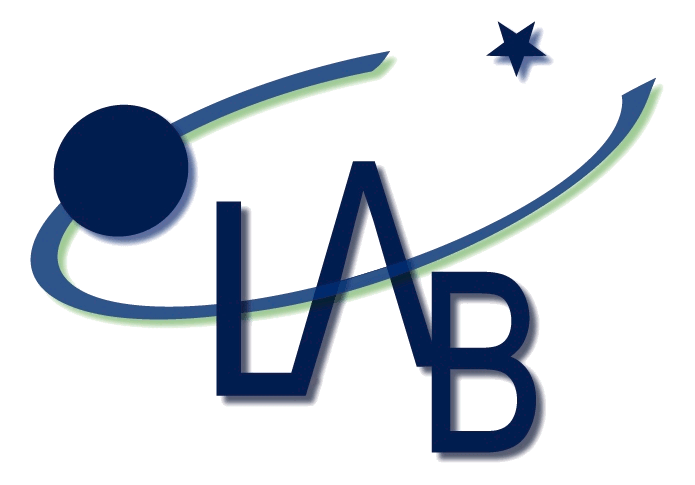

The Laboratoire d’astrophysique de Bordeaux (LAB) is a joint research unit (UMR) between the University of Bordeaux (UB) and the National Center for Scientific Research (CNRS). It is part of the Observatoire des Sciences de l’Univers (OASU), itself an internal school of the Science and Technology Department of the UB and observatory of the sciences of the Universe (OSU) of the Institut national des sciences de l’Univers (INSU) of CNRS.


International Summer Science Institute (ISSI) is an integrated science programme that is geared toward talented, highly-motivated science students who have demonstrated their motivation to gain deeper scientific knowledge above and beyond what is taught in high school and who are interested in pursuing a career in research science. The main focus of the programme is student participation in the ongoing laboratory work of the Weizmann Institute of Science.
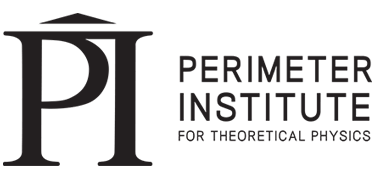

Perimeter Institute is a leading centre for scientific research, training and educational outreach in foundational theoretical physics. Founded in 1999 in Waterloo, Ontario, Canada, its mission is to advance our understanding of the universe at the most fundamental level, stimulating the breakthroughs that could transform our future. Perimeter also trains the next generation of physicists through innovative programmes, and shares the excitement and wonder of science with students, teachers and the general public.
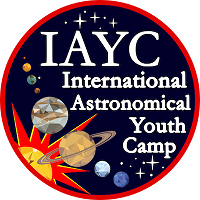

The International Astronomical Youth Camp (IAYC) is a three-week long summer camp aiming to promote knowledge of astronomy and astronomy related sciences in a unique international atmosphere. Every year the IAYC takes place somewhere in Europe. About seventy people from a wide range of different countries live together for three weeks
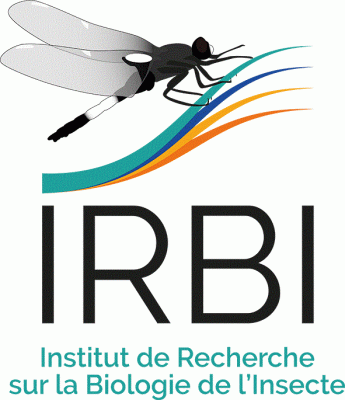

The Institute for Research on Insect Biology (IRBI) is a joint research unit led by the University of Tours and the CNRS that analyses adaptive and evolutionary processes at all levels of the organisation, from the genome to communities. The institute’s research is based on methods and concepts related to ecology, functional morphology, genetics and evolutionary biology. The institute's studies are characterised by the models used, the insects studied and the comprehensive approach to problem solving, thanks to the range of expertise and collaborative networks of the researchers involved.


The Research Group on Image Processing (GPI) of the Univerity Pompeu Fabra (UPF) in Barcelona focuses on the development of models and algorithms for image processing and computer vision. The main lines of research are: 3D reconstruction and view synthesis for sport events and 3D television and cinema, development of tools for digital video post-production, object identification including logo detection, colour image processing and digital photography, variational models for image processing and computer vision, and applied mathematics: geometric partial differential equations.


HCSSiM is an intensive six-week summer programme for mathematically talented secondary school students that is both demanding and expanding. Participants are expected to spend a major portion of each day actively engaged in learning, doing, and sharing mathematics. The daily schedule includes 4 hours of morning classes (Monday-Saturday), the Prime Time Theorem in the afternoon, and problem sessions in the evening. Afternoons are devoted to reading, rest, recreation, occasional trips to town and informal study. Participants have unparalleled access to faculty members in classrooms, at meals, and in the programme dorm. Productive collaborations continue long after the programme, and many life-long friendships are forged.
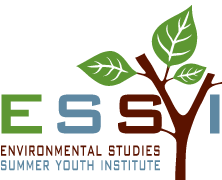

Environmental Studies Summer Youth Institute (ESSYI) at Hobart and William Smith Colleges provides exceptional opportunities to explore the scientific, social, and humanistic perspectives of environmental issues. The Institute offers a two-week, college-level interdisciplinary programme for talented high-school students entering their junior and senior years. The programme is designed as an introduction to a variety of environmental issues and perspectives on nature and environment.


TU Delft is a university with a leading global reputation. We would like to welcome you at our campus, to experience our full range of high-quality disciplines, courses and unique facilities. The TU Delft is actively engaged in partnering with peer universities, research institutions and government agencies across the globe in order to facilitate a wide variety of intellectual interactions and exchanges. Feel free to explore the TU Delft as part of a delegation or student
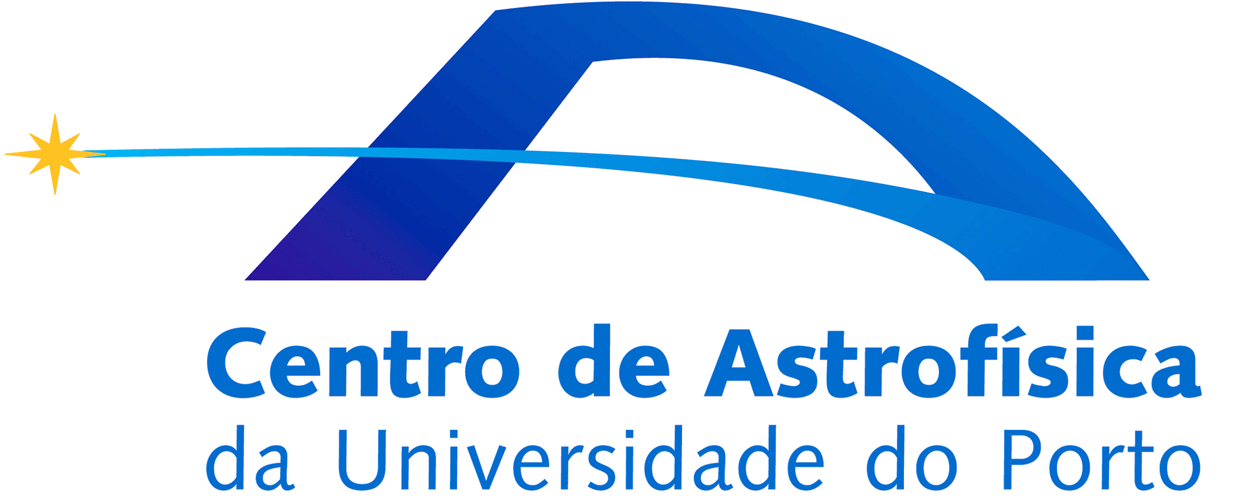

Centro de Astrofísica da Universidade do Porto (CAUP) is a private non-profit scientific institution of the University of Porto, officially recognized as institution of public utility. It started its activities in 1990, and its stated objective is to support and promote Astronomy through frontline research, training at the post-graduate and undergraduate levels, activities for primary and secondary schools, science outreach and popularization of scientific culture. CAUP is unique in that it shares its space with a Planetarium (run by a dedicated outreach unit), and CAUP researchers are supposed to devote 5% of their time to help with those outreach activities.


The Centre for Climate Change (C3), set up in late 2008 at the Campus de les Terres de l'Ebre by the University Rovira i Virgili (Tarragona, Spain), is focused on researching, outreaching and knowledge transferring in the fields of climate reconstruction and analysis. The specific activities include high-quality climate datasets development (comprising data rescue procedures and research on homogenization methods) and climate variability and change assessments (particularly climate change detection) at different spatial (from local to global) and temporal (from sub-daily to annual) scales.


Imperial College London is a world top ten university with an international reputation for excellence in teaching and research.
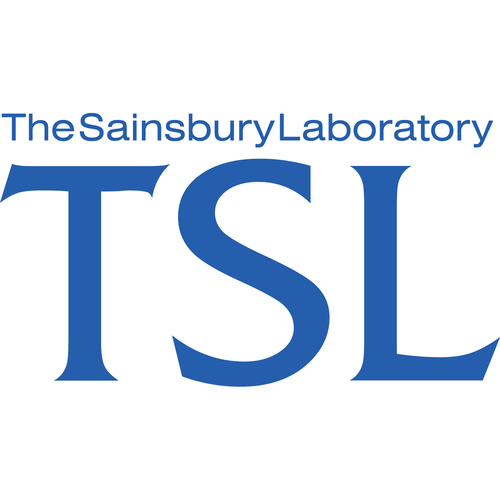

The Sainsbury Laboratory (TSL), in Norwich (United Kingdom), is a leading biological research institution for plant and microbial interactions, and for the development of applied technologies for plant diseases, disease resistance, and microbial symbiosis in plants.
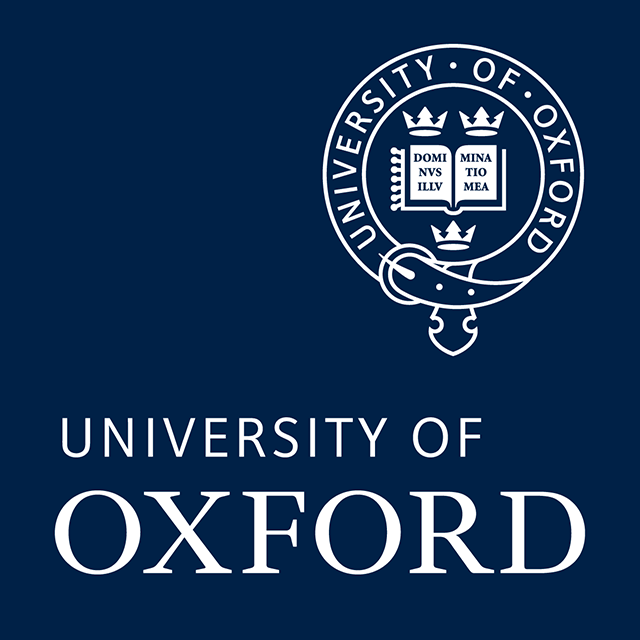

The University of Oxford, located in Oxford (United Kingdom), is one of the most prestigious research universities in the world with several institutions, 38 colleges and a wide range of academic departments. Oxford University has educated many outstanding students, including 69 Nobel Prize winners, 27 UK Prime Ministers, heads of state and government from around the world, 3 Fields Medal winners and 6 Turing Award winners.


The John Innes Centre is an independent, international centre of excellence in plant science, genetics and microbiology.


The Laboratoire d’astrophysique de Bordeaux (LAB) is a joint research unit (UMR) between the University of Bordeaux (UB) and the National Center for Scientific Research (CNRS). It is part of the Observatoire des Sciences de l’Univers (OASU), itself an internal school of the Science and Technology Department of the UB and observatory of the sciences of the Universe (OSU) of the Institut national des sciences de l’Univers (INSU) of CNRS.
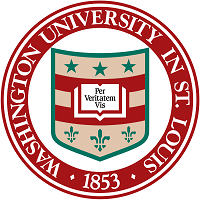

We are a community where you can be an individual and achieve exceptional things. We are committed to learning and exploration, to discovery and impact.
www.wustl.edu
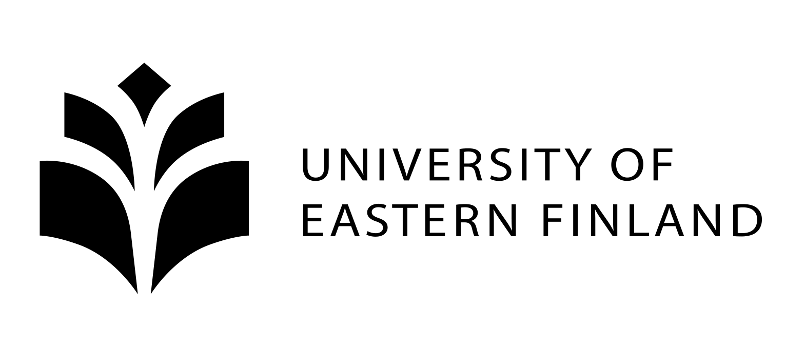

The University of Eastern Finland is one of the largest universities in Finland. We show courage in crossing academic boundaries and our interdisciplinary approach is internationally recognised. Our research is ranked among the best in the world in several fields. As a multidisciplinary university, we train experts for the various sectors of society. We seek solutions to global challenges through multidisciplinary research and education. In collaboration with our partners, we generate new knowledge, expertise and innovations.
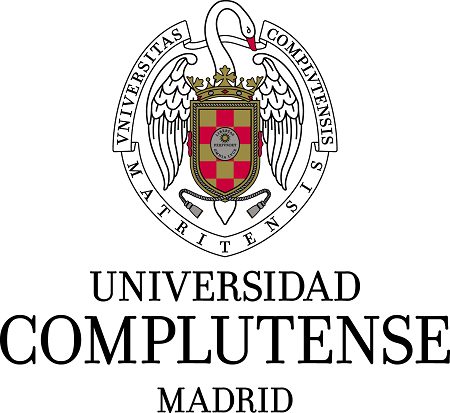

The Complutense University of Madrid (UCM) is an institution with a long history that has wide social recognition and aspires to be among the foremost universities in Europe, and a leading centre for higher education in Latin America. The Academic Ranking of World Universities (ARWU) puts the university at 4th and 9th place, while the QS World University Ranking puts the university at 4th place in Spain.
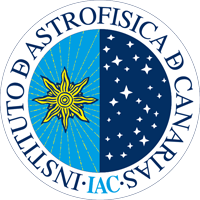

The Institute of Astrophysics of the Canary Islands (IAC) is an international Spanish research centre chosen by the Spanish Government as a "Severo Ochoa Centre of Excellence”


The Star Route (Ruta de las Estrellas) is a project that aims at awakening vocations in astronomy among young students. It was created in 2004 by the Shelios Association. The Shelios Scientific Expeditions and the STARS4ALL European project provide young students with the tools they need to get excited about science. The Star Route guides and mentors students on their first steps to the research universe. Researching, starting projects, participating and collaborating is the formula used to get started on the journey to knowledge - an unforgettable route, and one that lasts for life.
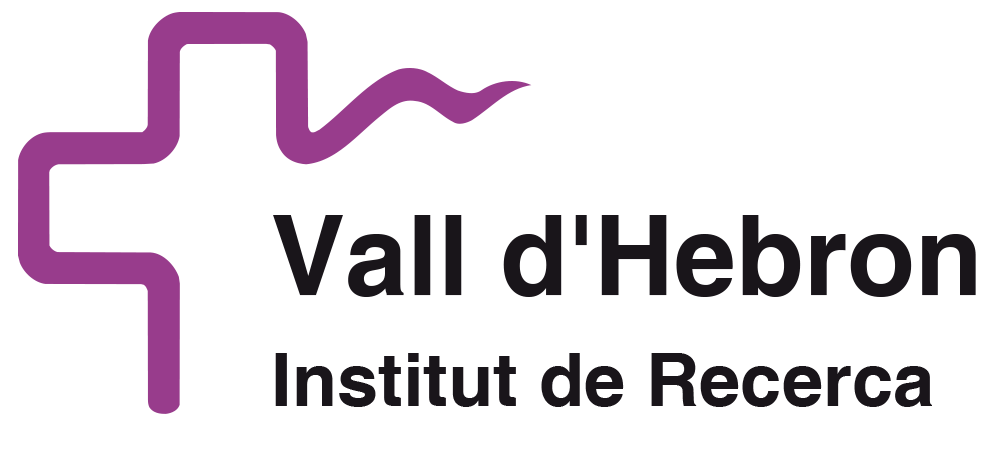

The Vall d'Hebron Research Institute (VHIR) is a public sector institution that promotes and carries out biosanitary research and innovation at Hospital Universitari Vall d'Hebron, focusing on finding solutions to citizen health problems. It aims to contribute to the scientific, educational, social and economic development of its area of focus.


The Vall d'Hebron Research Institute (VHIR) is a leading oncology centre of excellence where scientists and doctors follow a translational research model, working together in multidisciplinary teams to accelerate and advance the field of personalised and targeted cancer treatments.


La Salle is an institution with over 300 years of history and a wide international presence. It is pioneering in the way it offers educational choices that adapt to the needs of the market and society.


The Department of Information and Communication Technology (DTIC) at Pompeu Fabra University (UPF) is the headquarters for teachers and researchers in the field of information and communication technologies, which combines the fields of telecommunications and computer science. Through the UPF Polytechnic School (ESUP), the DTIC offers degrees in Telematics Engineering, Audiovisual Systems Engineering and Computer Engineering. DTIC's research activities are structured in fifteen different areas, covering a wide range of topics, including networking, wireless communications, multimedia, image and music processing, medical imaging, interactive technologies, artificial intelligence, data mining and computational neuroscience, among others. The department is actively involved in national and European research programmes, and has active cooperation agreements in place with other important universities and companies.


The Institute of Energy Technologies (INTE) is a research institute that is part of the Polytechnic University of Catalonia (UPC). The institute mainly focuses on research and technology transfer, structured over four programmes that specialise in ionizing radiation, hydrogen production technologies, and developing materials for energy applications, thermohydraulics, neutron physics, and particle accelerators.


The Faculty of Mathematics and Statistics was founded in September 1992. The mathematics courses at the faculty are the top choice for high school students with the best academic records: and the faculty is the only one of its kind in Spain that has higher demand than supply year after year.


The ETSEA campus at the University of Lleida is the leading agro-food, forestry and veterinary campus in Catalonia, and one of the top schools in Spain. It was founded in 1972 with an Agricultural Engineering course.


The Department of Agricultural and Forest Engineering specialises in the different areas of knowledge related to the application of engineering to the fields of agriculture, forestry and construction. The department focuses its teaching and research activities on two campuses at the University of Lleida: the ETSEA Campus (School of Agricultural Engineering) and the Cappont-EPS Campus (Polytechnic School). The headquarters of the Department of Agricultural and Forest Engineering are on the ETSEA campus, where the department's management and secretariat are located.
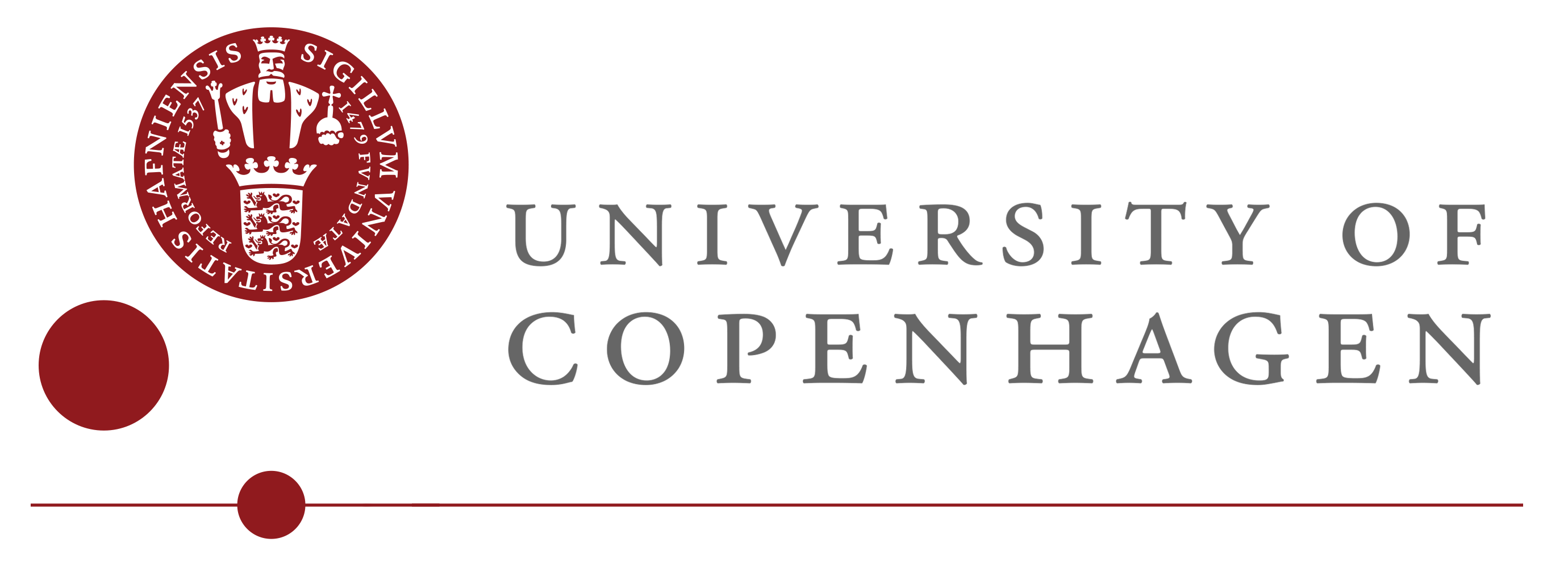

Driven by intellectual creativity and critical thinking since 1479, researchers and students at the University of Copenhagen have expanded horizons and contributed to moving the world forward. With its 5,000 researchers and 39,000 students, the University boasts an international research and study environment and is highly ranked on the leading ranking lists of the world's best universities.


The UB is the leading public university in Catalonia, with the largest number of students and the widest and most comprehensive range of courses. In addition, it is the main university research centre in Spain and one of the leading universities in Europe, both for its large number of research programmes, and for its research excellence.


MathCamp is a program organised by the Mathematical and Scientific Talent Foundation, which includes schools and residences related to mathematics, science, robotics and English aimed at schoolchildren, both in Spain and abroad. The school focuses on English, maths and science proficiency for primary and middle school students.


The Barcelona Institute for Global Health (ISGlobal) is the result of an innovative alliance between "la Caixa" and academic and government institutions, to contribute to the international community's efforts to meet health challenges in a globalised world. ISGlobal is a node of excellence based on hospital research (from Hospital Clínic and Parc de Salut MAR) and academic research (University of Barcelona and Pompeu Fabra University), with over 30 years of experience in the field of global health. Its working model aims to transfer knowledge generated by science to the fields of Training and Analysis and Global Development. The ultimate goal of the projects on the ISGlobal agenda is to address the health inequalities that are prevalent across different populations around the world.
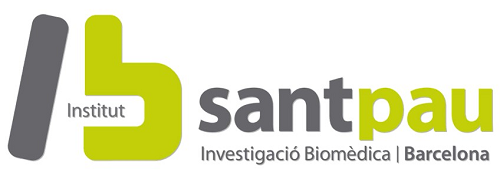

The Sant Pau Institute of Biomedical Research (IBBSP), based at the Santa Creu i Sant Pau Hospital, was founded on 4 June, 1992. This private foundation is dedicated to science, and aims to promote clinical, epidemiological and health service research in the field of health sciences and biomedicine, with the ultimate goal of contributing to improving the health of the general population.


The Heart Failure and Cardiac Regeneration Group (ICREC) at the Cardiology Department at Hospital Universitari Germans Trias i Pujol, is part of the Germans Trias i Pujol (IGTP) Health Sciences Research Institute. The group has been active since 2002 in the field of translational research into cardiac function recovery. The group has taken part in pioneering experiments on chimerism and microchimerism in the human heart, and has extensive experience in circulating endothelial stem cells, bone marrow mesenchymal cells, and epicardial and subcutaneous adipose tissue stem cells. The group is also involved in tissue engineering projects with biocompatible polymers to develop bioactive structures that have biomedical applications. It is also searching for new diagnostic and prognostic biomarkers for heart failure.
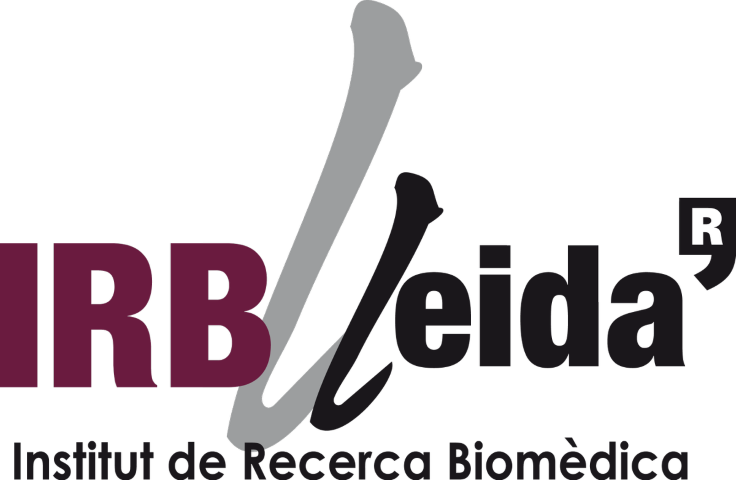

The Lleida Institute for Research in Biomedicine Dr. Pifarré Foundation (IRBLleida) was founded with the goal of creating synergies between basic research, clinical research and epidemiological research, so that biomedical research can be the driving force that improves daily clinical practice for the benefit of the entire population. That is, it covers a translational research chain, from basic research aimed at understanding the physiological and pathological mechanisms of the human body, to research that studies the behaviour of diseases across large population groups.


The Institute of Computational Chemistry and Catalysis (IQCC) of the University of Girona (UdG) is a worldwide reference unit in computational chemistry and catalysis that aims at carrying out groundbreaking research on predictive chemistry for catalysis, with special focus on the processes occurring at the confined space for the coming years. The unit was created as Institute of Computational Chemistry (IQC) in 1993, and its rules were approved in 1997 by the Senate of the UdG. In 2012, the IQC was joined by two experimental research groups, the Bioinorganic and Supramolecular Chemistry (QBIS) and Transition Metals in Organic Synthesis (METSO) groups, and changed its name to IQCC (approved by UdG Senate in February 2013). This was motivated by a previous history of collaborations and synergies between the three research groups. With this transformation, the IQCC wants to face the new challenges in research and adapt to the new research frame at the Catalan, Spanish, and European levels


The Institute for Advanced Chemistry of Catalonia (IQAC) is a research centre that is part of the Spanish National Research Council (CSIC). The institute is located in Barcelona and was founded in 2007 with the goal of conducting research of excellence in Chemical Sciences with the general aim of improving quality of life. The overall strategy for accomplishing this involves applying chemical approaches to social challenges, mainly issues related to human health, the sustainability of chemicals and processes, and the need for new materials for different applications. Since its inception, IQAC has maintained a permanent willingness to transfer its results and technology to the industrial sector.


The Institute belongs to the Natural Resources department of the Spanish National Research Council (CSIC) and is the largest marine research centre in Spain and one of the largest in the Mediterranean. It is dedicated to the study of the seas and oceans. The institute’s research aims to deepen and advance scientific knowledge and discover what role the oceans play in the context of the planet.
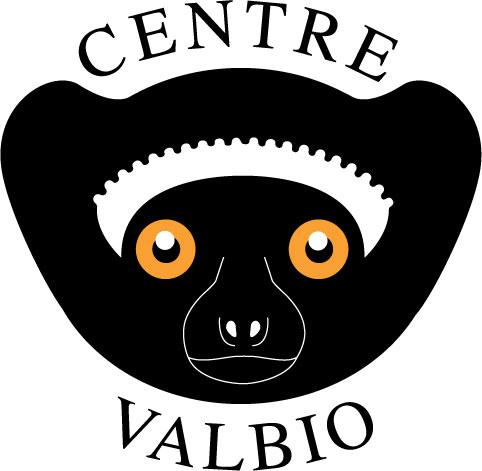

Centre ValBio works to protect Madagascar’s unique and biologically diverse ecosystems through conservation science and projects that directly benefit the local people, including rural health care delivery. CVB has a world-class research station sited on the edge of Madagascar's beautiful and abundant Ranomafana National Park. Under the direction of world-renowned primatologist Patricia Wright, Centre ValBio facilitates hands-on science to sustain the resources and people of Madagascar. In collaboration with villagers, we're expanding the frontiers of knowledge while safeguarding biodiversity for future generations.


The Institute of Environmental Science and Technology (ICTA-UAB) is a multidisciplinary centre that promotes graduate research and training in environmental science. The purpose is to improve understanding of global environmental change, and of the nature and causes of environmental problems. It also studies the policies, strategies and technologies that will foster the transition to a sustainable economy.


The Institute of Evolutionary Biology (IBE) is a joint research centre between Pompeu Fabra University (UPF) and the Spanish National Research Council (CSIC) that was founded in 2008. The IBE's research focuses on the processes and mechanisms that generate biodiversity. The topics it covers include genetic and molecular evolution, population biology, complex systems biology and the retrieval of ancient DNA. The IBE is the only research centre in Catalonia and Spain that focuses entirely on evolutionary biology, and it is a leading centre in the field in Southern Europe. The IBE employs around thirty people, who work in the neighbouring buildings of the Biomedical Research Park (PRBB) and the Mediterranean Centre for Marine and Environmental Research (CMIMA).


The Germans Trias i Pujol Institute for Health Science Research (IGTP) is a public research centre located in Badalona (Barcelonès) whose main objective is to increase scientific knowledge and use it to provide better health and patient care in the community. The Institute is affiliated with one of the largest teaching hospitals in the Barcelona area: Hospital Germans Trias i Pujol (HUGTP). It is also part of the Can Ruti biomedical campus. The institute is a CERCA centre and a member of the Biocluster supported and supervised by the Government of Catalonia. It is also accredited as a centre of excellence by the Carlos III Institute and is therefore responsible for coordinating campus scientific research, working in close collaboration with the other centres located there.
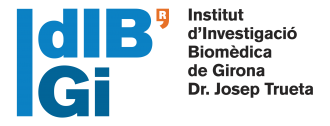

The Girona Biomedical Research Institute (IdIBGI) is a research centre in the CERCA network run by the Government of Catalonia that aims to organise and carry out high-quality research in biomedical sciences and public and community health, translating this research into standard practice. The institute ultimately aims to respond to the population’s health problems. The IDIBGI includes other research groups from Hospital Universitari Dr. Josep Trueta in Girona (HJT) and from the University of Girona, the Image Diagnostic Institute (IDI), the Catalan Institute of Oncology (ICO) and the Primary Care Institute (IAP)/Catalan Institute of Health in Girona.
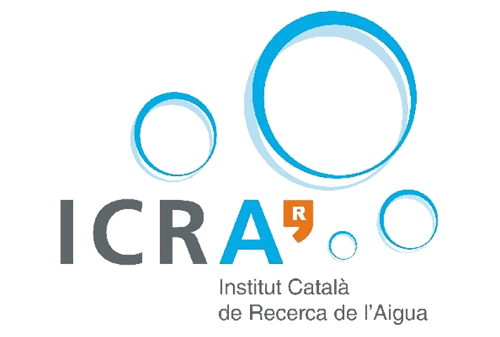

The Catalan Institute for Water Research (ICRA) is a leading international group that focuses on the research into the water cycle in terms of water resources and water quality, in the broadest sense of the word (chemical, microbiological, ecological aspects, etc.) as well as technologies to treat and evaluate water. The organisation's goal is to transfer this knowledge to society, business and industry. The ICRA's research is related to all aspects of water, in particular the aspects related to rational use of water resources and the effects of human activity on water resources. The ICRA is particularly interested in researching and solving issues related to drought, as well as aspects of water treatment and reuse, focussing on the Mediterranean as a priority.
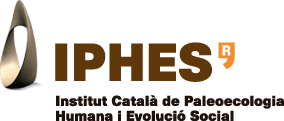

The Catalan Institute of Human Paleoecology and Social Evolution (IPHES) is a transdisciplinary institution that promotes advanced research, education and knowledge transfer, and social engagement with science. Therefore, we cross and combine different fields of science, humanities and social sciences, but also geosciences and biosciences to apply them to the study of human and social evolution. Our aim is to promote knowledge both about ancient human species of the past and about human beings today. The IPHES was created in December 2004 as a non-profit foundation through an initiative of the Catalan Government, Rovira i Virgili University (URV) and the City of Tarragona.


The Catalan Institute of Oncology (ICO) is a public centre dedicated to fighting cancer. It deals with the disease from a comprehensive perspective, as the same organisation deals with prevention, assistance, specialised training and research. The ICO is a public company that was created in 1995 by the Department of Health at the Government of Catalonia, at it started work one year later at the facilities of Hospital Duran i Reynals in Hospitalet de Llobregat. Seven years later, in 2002, ICO Girona was inaugurated, at Hospital Doctor Josep Trueta, and the following year, ICO Badalona opened its doors at Hospital Universitari Germans Trias i Pujol. In 2014, ICO Camp de Tarragona and ICO Terres de l'Ebre were opened at Hospital Joan XXIII in Tarragona and Hospital Verge de la Cinta in Tortosa. The ICO is currently the leading oncology centre for more than 40% of the adult population in Catalonia.
The Event LAB (Experimental Virtual Environments for Neuroscience and Technology) is at the interface between computer science, psychology and neuroscience. We carry out technical research on virtual environments, with applications to research questions in cognitive neuroscience and psychology. Our special interest is the brain's body representation and the consequences of body ownership. The institutions participating in the Event LAB are University of Barcelona (UB), August Pi i Sunyer Biomedical Research Institute (IDIBAPS) and Catalan Institution for Research and Advanced Studies (ICREA).


The Forest Science and Technology Centre of Catalonia (CTFC), based in Solsona (Lleida), was initially established by Solsona Municipal Council and the University of Lleida in 1996. Later, the centre counted on collaboration from Lleida Provincial Council, the Catalan Foundation for Research and Innovation, the Government of Catalonia, the Autonomous University of Barcelona, Barcelona Provincial Council and Solsona Town Council. The CTFC is a public consortium attached to the administrative department of the Government of Catalonia, linked through the department responsible for forests. It is also part of the network of research centres in Catalonia (CERCA) and is accredited as a TECNIO agent by the Government of Catalonia (as a public technology developer). The CTFC's mission is to contribute to the modernisation and competitiveness of the forestry sector, to rural development and to the sustainable management of the natural environment. It aims to achieve this through research excellence and the transfer of knowledge and technology to society with the intention of becoming a leading centre on both a national and international level.


The Computer Vision Center (CVC) is a leading nonprofit in the field of research and development in computer vision. It was founded in 1995 by the Government of Catalonia and the Autonomous University of Barcelona (UAB), with the aim of conducting research of excellence, producing high-quality knowledge, and transferring of technology to society while offering added value to companies. The centre is made up of more than 130 researchers and specialists from around the world. Computer vision is a horizontal technology with a range of applications across biomedicine, mobility, security, production, society, media, and more. The centre’s activities focus on cutting-edge research, technology knowledge transfer and training. The strategies that define the centre's mission can be summarised in a model that combines scientific and technological talent to foster the workflow between basic research and transferring knowledge to society.
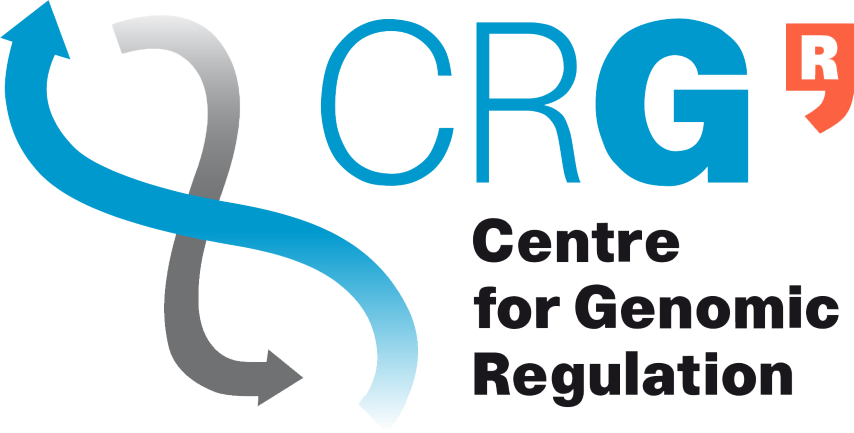

The Centre for Genomic Regulation (CRG) is an international biomedical research institute of excellence, created in December 2000. It is a non-profit foundation funded by the Catalan Government through the Departments of Business & Knowledge, the Spanish Ministry of Science, Innovation & Universities, the "la Caixa" Banking Foundation, and includes the participation of Pompeu Fabra University. The mission of the CRG is to discover and advance knowledge for the benefit of society, public health and economic prosperity. The CRG believes that the medicine of the future depends on the groundbreaking science of today. This requires an interdisciplinary scientific team focused on understanding the complexity of life from the genome to the cell to a whole organism and its interaction with the environment, offering an integrated view of genetic diseases.
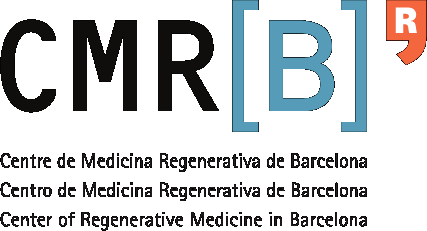

After the assisted reproduction law was passed in November 2003, it became possible to carry out research in Spain using frozen human embryos and stem cells derived from them. The Ministry of Health and Consumer Affairs (now the Ministry of Health, Social Services and Equality) approved the creation of the Centre of Regenerative Medicine in Barcelona in July 2004. The main objective of the CMRB is to research human pluripotent stem cells (embryonic, induced or iPSC), as well as researching different animal models to investigate tissue and organ regeneration and work towards making these advances available in the clinic. Stem cells are also used for disease modelling in the search for efficient drugs.
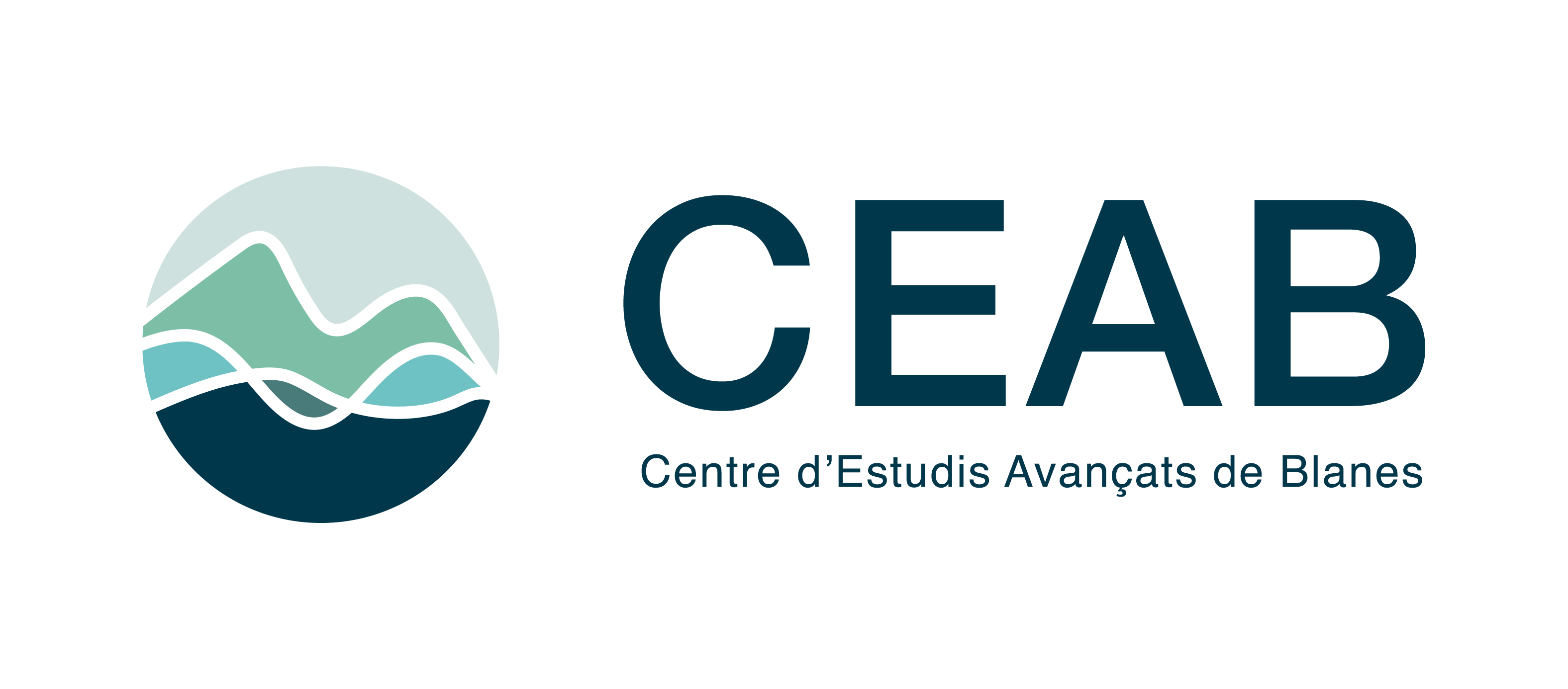

The Blanes Centre for Advanced Studies (CEAB) is a member research centre of the Spanish National Research Council (CSIC). It aims to be a centre with an international reputation that is leading Spanish centre for Marine Biology, Limnology and Ecology. It focuses its research on identifying the diversity of organisms and understanding their functions and interactions in nature, as well as applying this knowledge to the use and rational management of the planet's resources and predicting responses to environmental changes. The centre's research covers aspects ranging from the biochemical and genetic composition of organisms to the structure and dynamic of populations and ecosystems. Its solid, up-to-date and creative research aims to address the challenges that come with developing a sustainable society.


AstroCamp is a joint academic program of the Centro de Astrofísica da Universidade do Porto (CAUP) and other institutions in the field of astronomy and physics held in the Centro de Educação e Interpretação Ambiental (CEIA) in Portugal. It provides participants with high-level and inspiring training, rest and recreation in a secluded and tranquil setting away from the stresses of urban centres. The programme is intended for secondary school students, to be selected according to their motivation and academic merit.
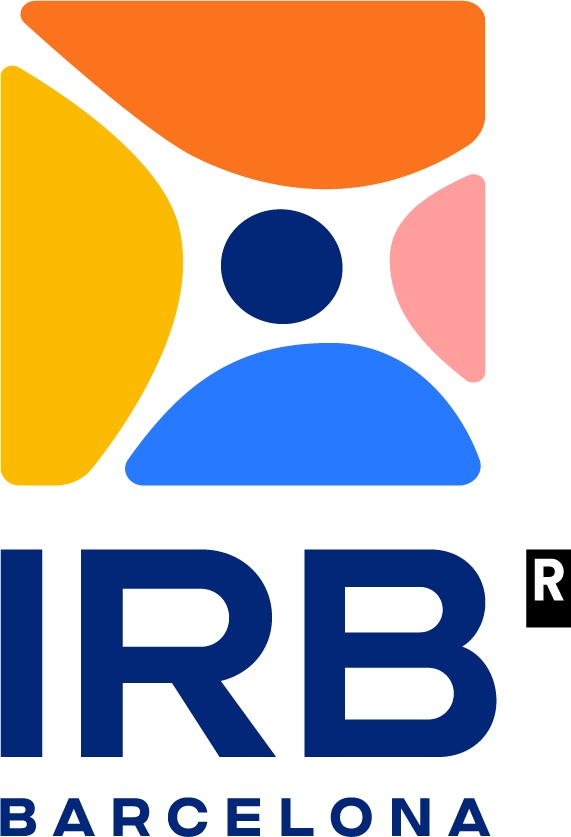

The Institute for Research in Biomedicine (IRB) Barcelona is an internationally renowned research centre located in Barcelona Science Park and dedicated to understanding fundamental questions about human health and diseases. IRB Barcelona is part of the Barcelona Institute of Science and Technology, and the goals of the institute include conducting multidisciplinary research of excellence in a framework between biology, chemistry and medicine, offering its members, students and visitors high-level training in the field of the biosciences. It also provides an innovation component through active technology transfer as benefit to society, as well as engaging with the public through engagement and education activities. Research at IRB Barcelona is carried out by 26 groups working in common with the common goal of carrying out multidisciplinary projects that address important biomedical problems affecting our society.
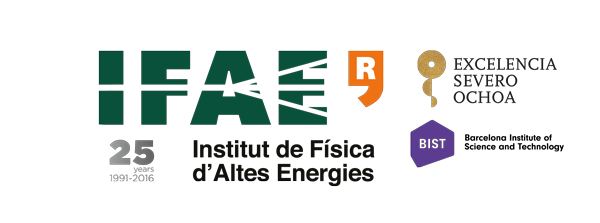

The Institute of High Energy Physics (IFAE) is a research centre at the Autonomous University of Barcelona (UAB) that carries out leading theoretical and experimental research in fundamental physics, which includes particle physics, astrophysics, and cosmology. It works at the forefront of detection technology, in order to put the knowledge of the scientific community at the service of practical goals. The IFAE is a participant in the LHC's ATLAS project, the T2K neutrino experiment in Japan, the MAGIC telescopes in La Palma, and the Dark Energy Survey in Chile, among others. The IFAE is also working at the forefront of sensing technologies by developing pixels detectors for high-energy physics, telescope cameras, detectors with medical applications and other scientific and industrial applications. The centre has its own researchers, as well as working with professors from the UAB and the Catalan Institute for Research and Advanced Studies (ICREA) and technical staff.
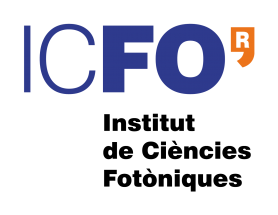

The Institute of Photonic Sciences (ICFO) is a young research institution whose goal is to push the boundaries of knowledge of photonics, science and light technology. Photonics is the field of knowledge dedicated to the generation, transmission, detection, control and manipulation of light, and is one of the key technologies for the 21st century. Light, specifically laser light, is one of the most promising technologies available to humanity today. Its research programmes are framed on world-class frontiers and are aimed at addressing the significant challenges facing society at large. They focus on current and future problems in health, energy, information, security, protection and care of the environment. The role of photonic technologies is very important across a wide range of fields, including agriculture and the environment, manufacturing and manufacturing processes, telecommunications systems and services, medicine and healthcare, life sciences, security and entertainment, among others.


The mission of the Institute of Space Sciences (ICE) is to contribute to the general advancement in cosmic studies, helping to improve the scientific and technological capacity of the Spanish National Research Council (CSIC), as well as strengthen the presence of this institution in space initiatives, promoting excellence in all activities related to scientific research and its dissemination, as well as articulating the contribution to the Institute of Space Studies of Catalonia (IEEC).


The Barcelona Institute of Materials Science (ICMAB-CSIC) is a research centre that is part of the Spanish National Research Council (CSIC). Its main goal is to create new knowledge in materials science and transfer that knowledge to society, particularly to European industry. Researchers at the centre characterise different materials and nanomaterials that are of industrial interest. The ICMAB focuses its activity on cutting-edge research in the fields of materials science, nanoscience and nanotechnology, in order to achieve a multidisciplinary integration of knowledge. With more than 20 years of experience, the ICMAB counts on 220 people with 57 permanent scientists.


The Institute of Bioengineering of Catalonia (IBEC) aims to carry out research of excellence that, which creating knowledge, also contributes to improving quality of life, improving health and wealth creation. The institute has close links with international research centres, universities and companies, in order to exchange talent and develop and execute projects. The IBEC is a research centre dedicated to world-class interdisciplinary research, which through the creation of knowledge contributes to improving health and quality of life and generating wealth. Among the beneficiaries of the work carried out by the Institute of Bioengineering of Catalonia are universities, research centres, the scientific community, the business sector promoting research in the field of bioengineering and society in general.
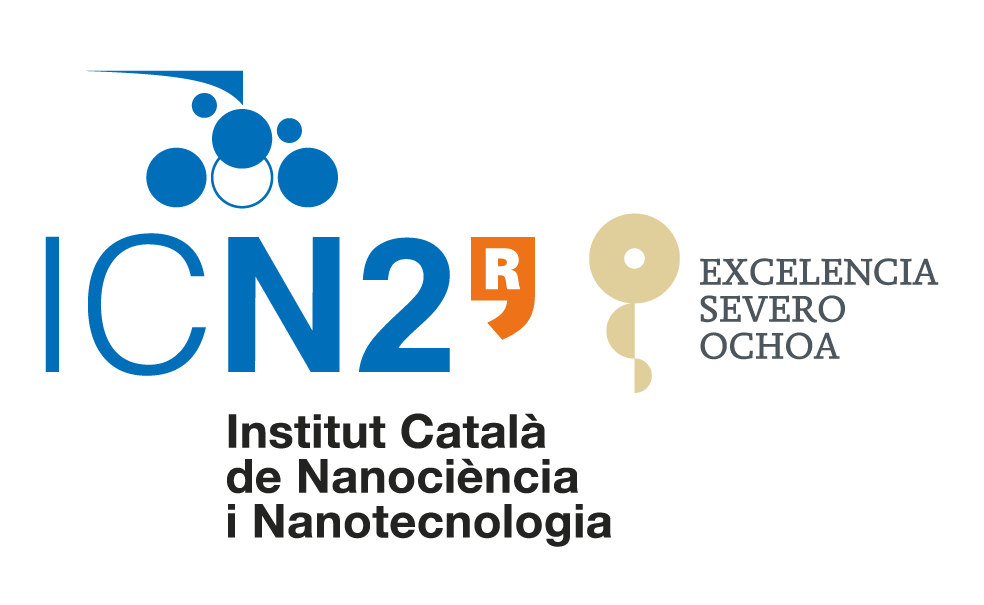

The Catalan Institute of Nanoscience and Nanotechnology (ICN2) is a recognised research centre based at the Autonomous University of Barcelona (UAB). The institute’s research interests lie in discovering the physical and chemical properties that emerge from the fascinating behaviour of matter at the nanoscale. ICN2's mission is to achieve scientific and technological excellence in nanoscience and nanotechnology, and to encourage the adoption and integration of nanotechnology in industry and across society. The ICN2 trustees are the Government of Catalonia, the Spanish National Research Council (CSIC) and the Autonomous University of Barcelona (UAB). The Institute encourages collaboration between scientists from different backgrounds (physics, chemistry, biology and engineering) to carry out basic and applied research, while aiming for collaboration with local and global industry. ICN2 also trains nanotechnology researchers, organises a number of activities to encourage industry to adopt nanotechnology, and promotes joint efforts between scientists, engineers, technicians, business, society and politics.
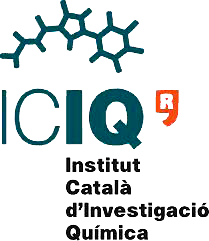

The Catalan Institute of Chemical Research (ICIQ) aims to promote and carry out research of excellence in chemistry. The institute aims to produce, promote and share knowledge, as well as train technical and scientific personnel in chemistry, transfer technology to industry, facilitate contact between basic and applied research and establish collaborations between the ICIQ and companies.


British Antarctic Survey (BAS) is a component of the Natural Environment Research Council (NERC), a world-leading center for polar science and polar operations. Its skilled science and support staff based in Cambridge, Antarctica and the Arctic, work together to deliver research that uses the polar regions to advance our understanding of Earth as a sustainable planet. Through its extensive logistic capability and know how BAS facilitates access for the British and international science community to the UK polar research operation. Numerous national and international collaborations, combined with an excellent infrastructure help sustain a world leading position for the UK in Antarctic affairs.